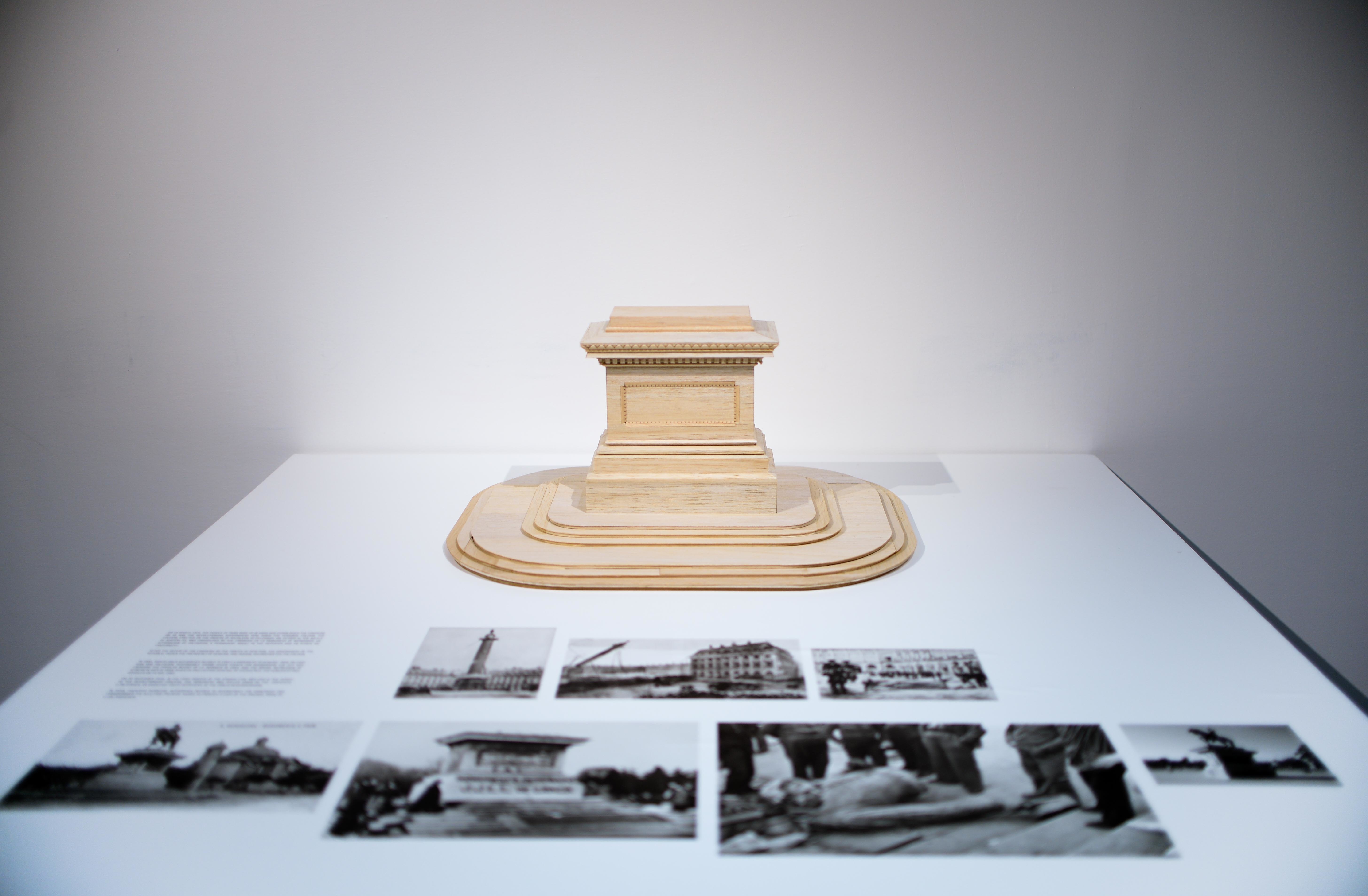

It wasn’t until 2000 that it was bought by the hotel chain that owns it now. Later on in the 1960’s it was bought by the local electricity company Enher to become their office headquarters despite the protests of the local population. Unfortunately, that was too much for the family economy and they had to sell the house in the 1920’s, when it became an apartment building. And it is said that a music quartet would play every night for dinner. The street level was designed as a reception room for the owners’ guests. Fuster intended it to be a gift to his wife (whose initials CF appear on a rose in one of the façades) and spent so much money in the decoration of the building that it was considered the most expensive in town: white and pink marble all over the place, over 300 capitals each one sculpted in a different way with flower and animals relieves. This other building has also become a hotel (5-stars) although that wasn’t it’s original purpose: it was commissioned to be a private home. Unfortunately the project wasn’t finished, but the part that was completed hosted one of the most prestigious Spanish public hospitals until in 2003 it was moved to a new venue nearby. The Entrance and Administration pavilion features also some gorgeous stained glasses. The pavilions where decorated with gorgeous modernist tiles, which were considered a hygienic material as they were easier to clean than stone.

The medieval Hospital of the Holy Cross had become too small and dated to continue being of service to the city, and the donation of the businessman Pau Gil created the opportunity to build a large and modern hospital facility in what then was still the suburbs of Barcelona, just a few blocks away from where Gaudi was building the Sagrada Familia Church.ĭomenech i Montaner studied the leading hospitals in Europe and designed a group of pavilions where the ill would be organized by disease (rather than being all mixed up, as it was custom at the time). Twice Domenech i Montaner worked in sanitary projects: teh first time precisely in Gaudi’s hometown, Reus, where he built an institution for the mentally ill, then in Barcelona a more ambitious project.


 0 kommentar(er)
0 kommentar(er)
